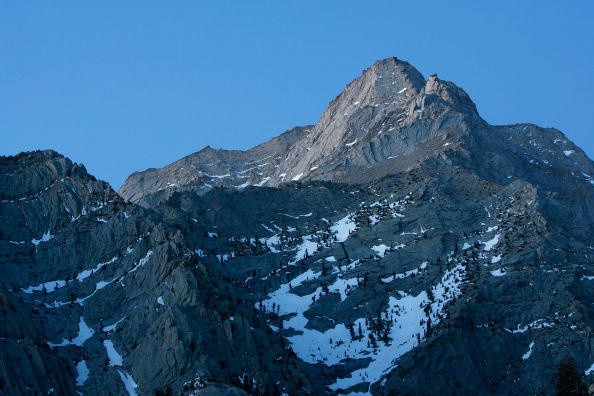The water infrastructure of western United States is constructed on a melting foundation, and experts are worried that the implications will be disastrous unless something is done about global warming.

California's Snow Season Could Become Almost Nonexistent
As per new models, the snow season in California might be nearly non-existent by the end of the century, affecting water delivery systems, flora and wildlife, rivers, and the wildfire season as well.
Researchers project that if there is no decline in fossil fuel emissions, snowpack in the Sierra Nevada and Cascade ranges will decrease by about 45 percent by 2050 and low snow or even no snow seasons could start occurring often from then on, as per Science Alert.
That's a significant shift from the past. Only 8 to 14 percent of the years between 1950 and 2000 were designated as "low-to-no snow."
However, between 2050 and 2099, that percentage might rise to 94 percent, changing an event that occurs once-in-a-lifetime into an almost-yearly occurrence.
The forecasts were "shocking," according to hydroclimate specialist Alan Rhoades of the Los Angeles Times. In view of projected climate change, more than 70% of local water managers in the western United States feel present water management techniques are inadequate.
Western US to Experience an Unexpected Transition in Snowpack Levels
The Sierra Nevada snowpack produces around 30% of California's water in a typical year. However, the state has lately experienced severe snow drought conditions.
For example, in the spring of 2021, the Sierras got just 59 percent of their normal snowfall. Warm temperatures in May have decreased this to less than 10%. By June, the snowpack had nearly vanished completely.
It's difficult to say how much worse things will escalate to in the future since annual snowpacks are determined by a complicated set of circumstances. By evaluating all of the existing research on future snowfall estimates in western states, Rhoades and his colleagues have established one of the most accurate timetables to date.
After reviewing the data, the authors discovered that after 2050, all locations in the western United States would suffer an "abrupt change" in snowpack levels, with back-to-back years of snow drought projected.
Any year in which the snowpack falls below the 30th percentile of the historical high is classified as a 'low snow' season, according to the authors. Seasons with no snow occur when the number falls below the tenth percentile.
How Global Warming Contributes to Snow Drought
According to the scientists, if global emissions continue unchecked, low-to-no will become chronic over the western US in approximately 35 to 60 years.
This is one of the reasons why the snowfall in California's mountains will be quicker and more substantial than in other parts of the west. Warmer temperatures will cause this state to lose almost twice as much snow as, say, Colorado.
This is a severe issue since snow stores water and releases it during the hottest months of the year, when this resource is most required.
Rainfall, on the other hand, does not retain or release water in the same manner as rainfall does, which means that present water reservoirs may not be full when we need them. If global warming continues at its current rate, California's mountains might see complete five-year spells of low-to-no snow by the late 2040s, according to studies.
Such years might last a decade or longer in the Sierras by the 2060s. In other parts of the west, ten-year snow droughts are unlikely to happen until the 2070s. The authors anticipate that their analysis will serve as a wake-up call to policymakers and voters in the western United States.
Related Article : Denver Records Its First Delayed Snowfall Due to Prolonged Dry Spell
For more more news, updates about snow drought and similar topics don't forget to follow Nature World News!
© 2026 NatureWorldNews.com All rights reserved. Do not reproduce without permission.





